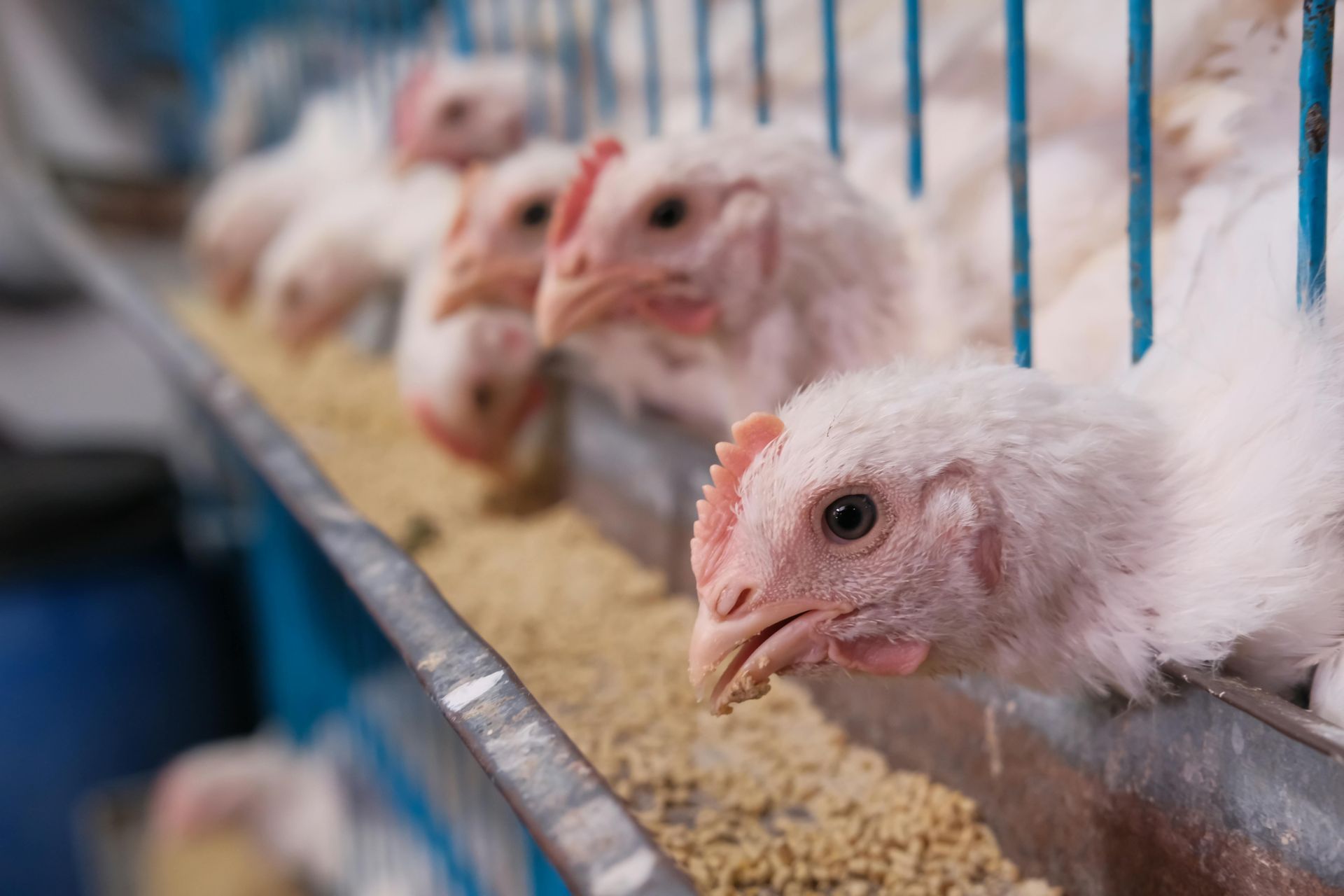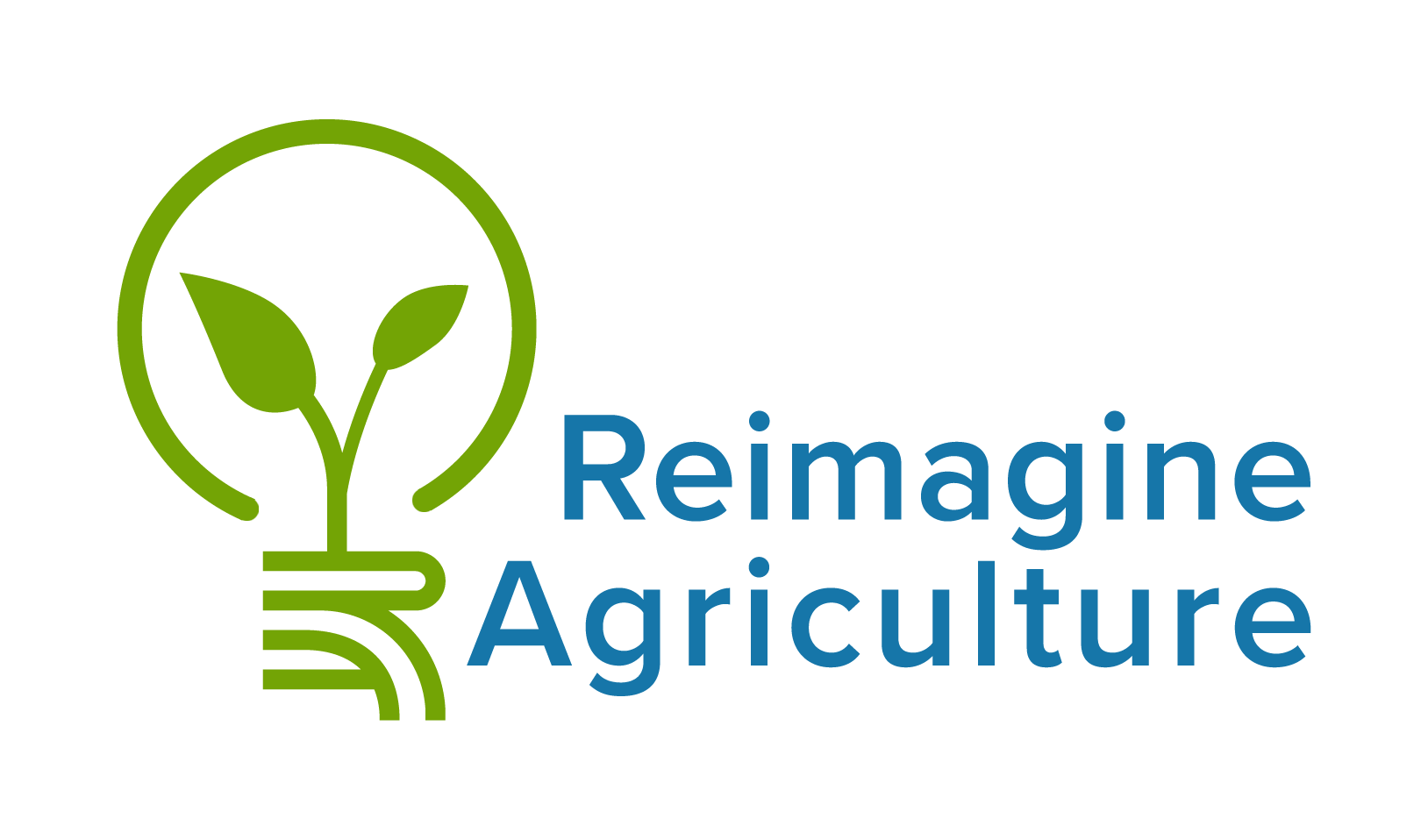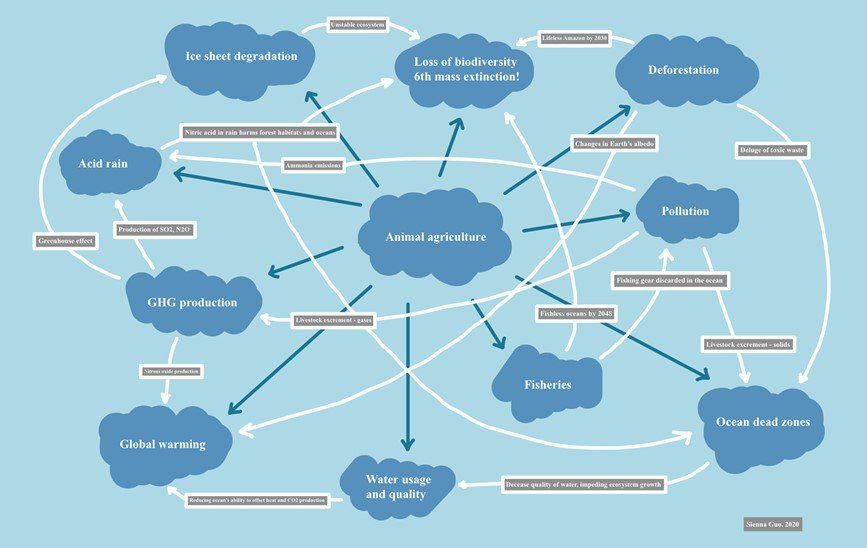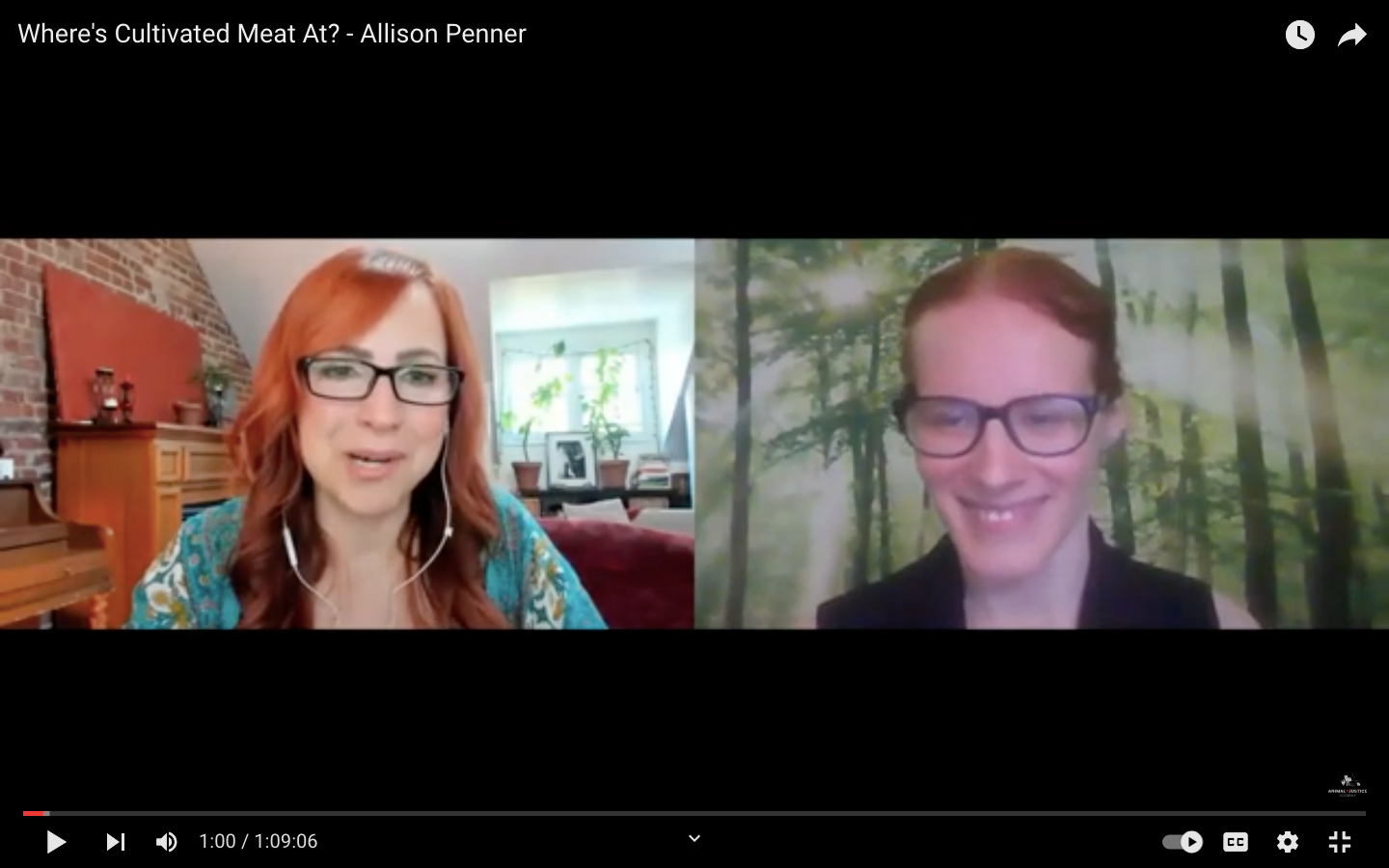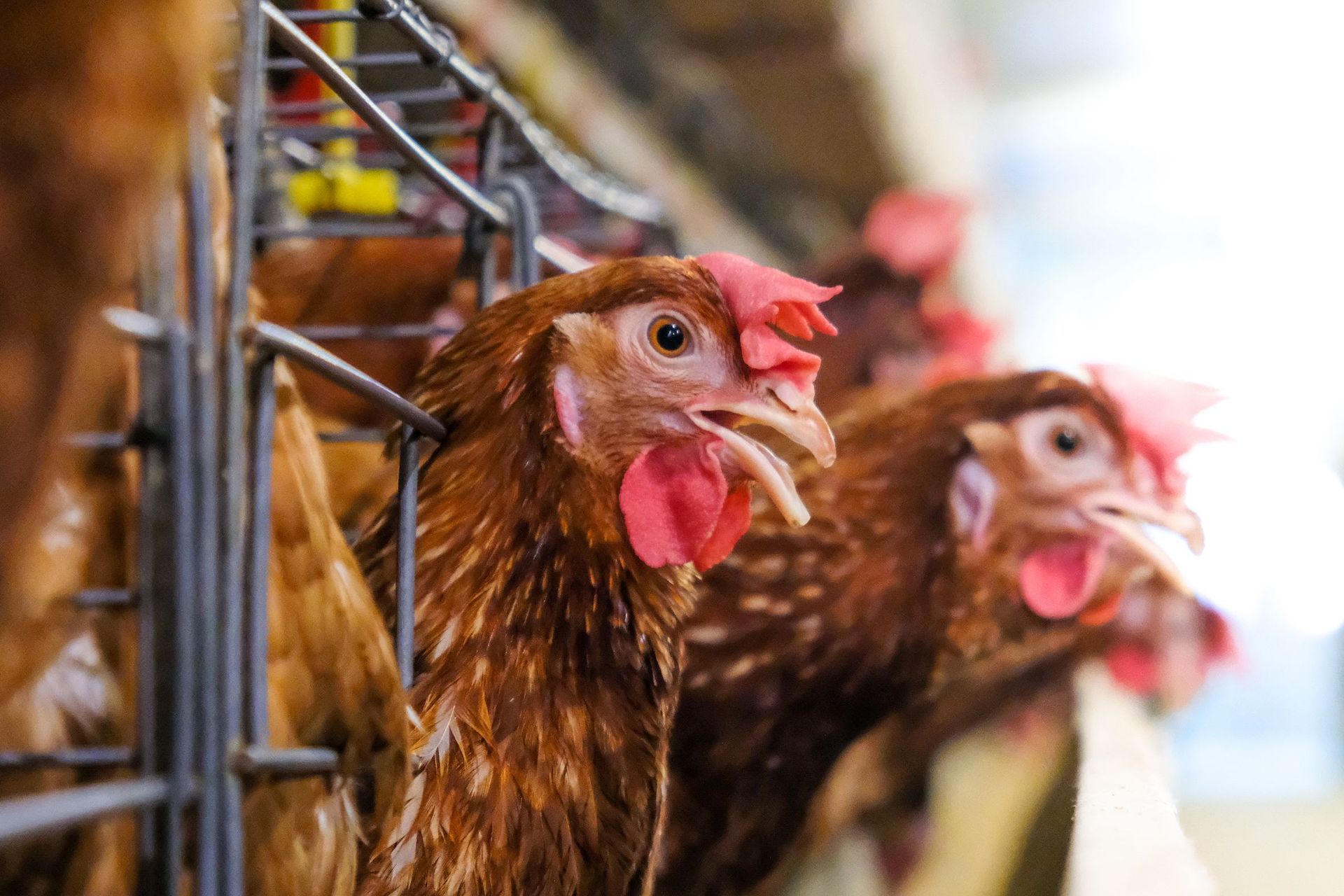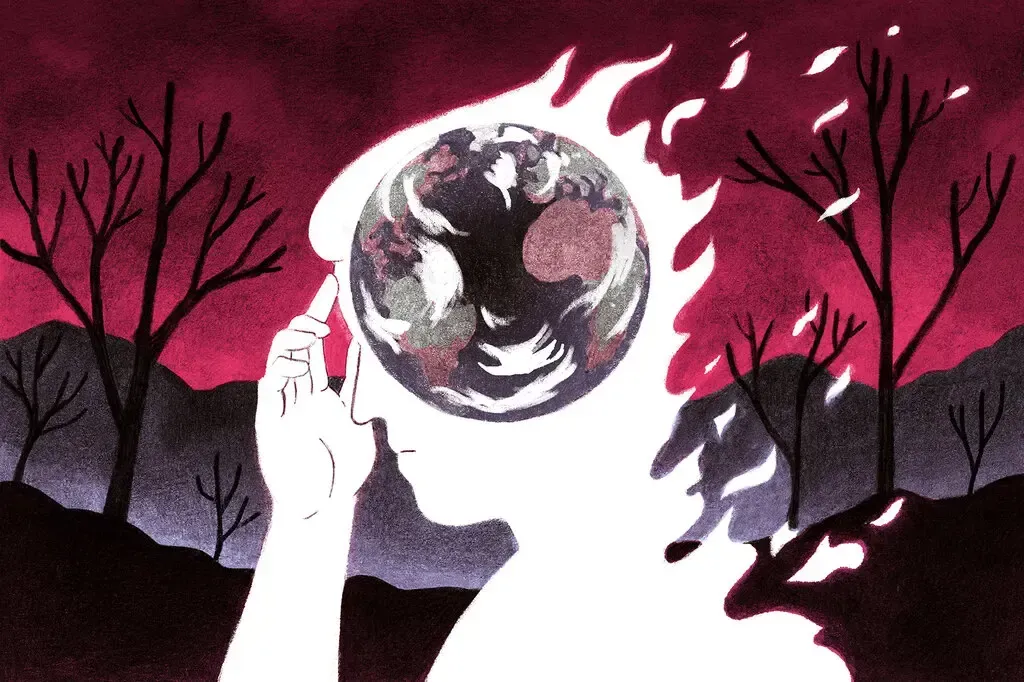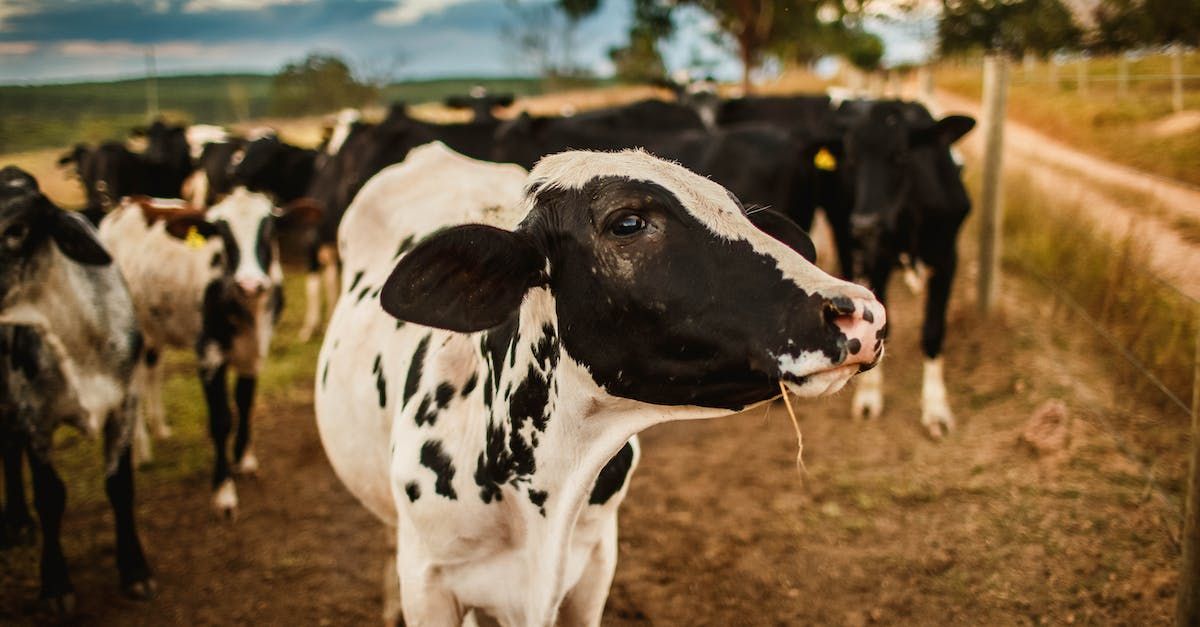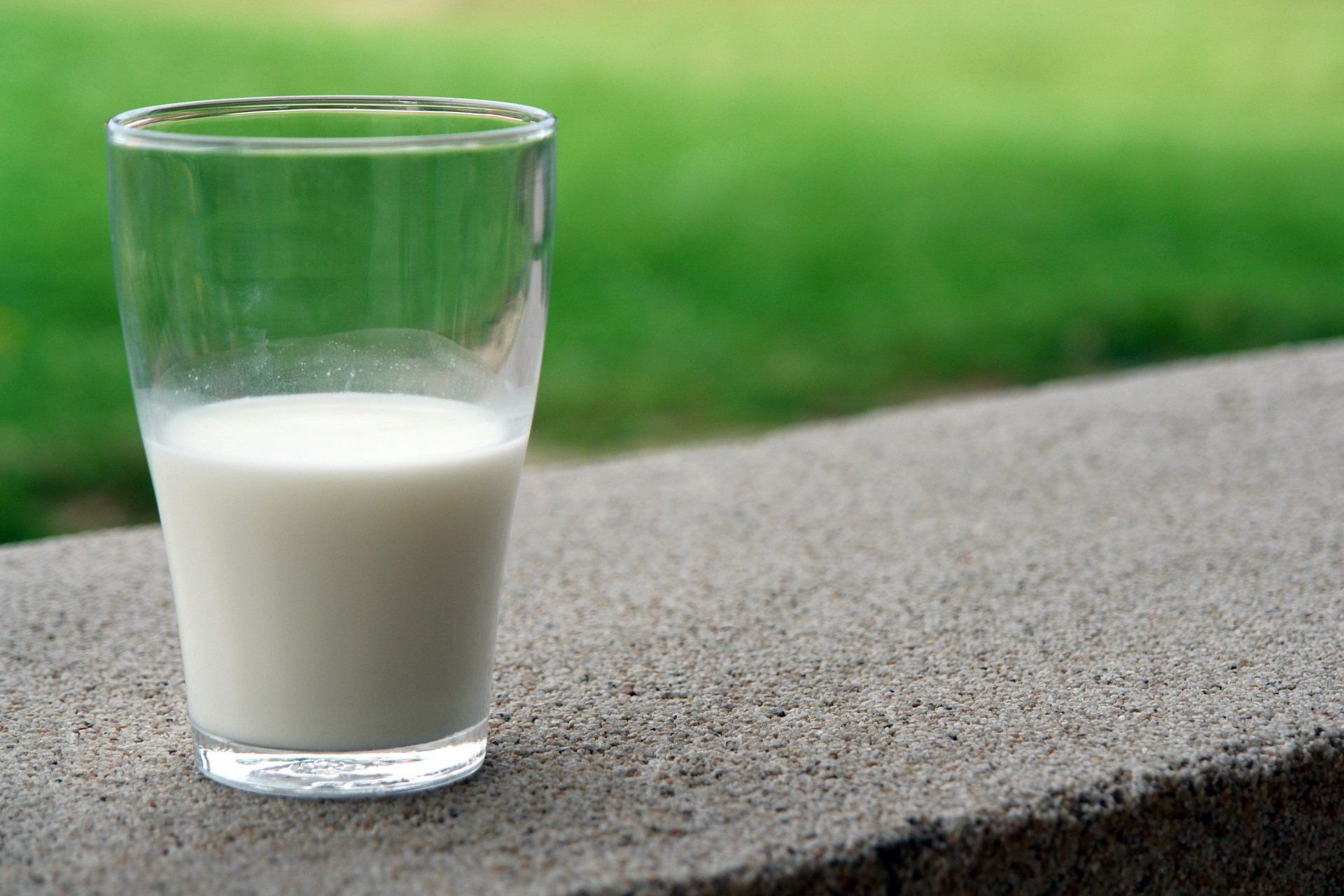How Your Food Choices Today are Limiting Your Future Food Options
If you want choices in the future, you'll need to make different ones today
By Sienna Guo
When we think about animal agriculture and its relationship with climate change, we think about its direct impacts on land use, on water usage, and maybe even on greenhouse gas (GHG) emission. But in order to fully understand the severity of the current situation, we need to look at the impacts in a more holistic way.
In terms of deforestation, we know that animal agriculture is responsible for 1-2 acres (1) of rainforest being burned every single second for the purpose of clearing land for grazing animals or growing animal feed. It’s kind of hard to picture how big an acre is, so let’s think about it visually. One acre is equivalent to about ¾ of the size of a standard American football field, or about 15 and a half tennis courts. This is all for the purpose of livestock being able to cover 45% (2) of the land that is available on Earth.
Looking at water usage, animal agriculture uses up 55% of all of the available freshwater (3) on the planet; this is used to give drinking water to the animals (but investigations show that the amount given is the bare minimum, it’s not exactly a beautiful oasis with fish and birds and fairy dust), to irrigate the land used to grow the grain they eat, to attempt to clean the facilities they’re housed in, to attempt to sanitize their carcasses for human consumption… etc. This amounts to 34 trillion gallons of water (4) being used annually just in the US alone. A single animal meat hamburger uses up 660 gallons of water(5), which is as much water as 2 months of regular showering! We’ve often heard the whole ‘don’t take such long showers, it’s a waste of water!!’, when instead, we should consider not eating so many animal meat burgers if our goal is really to reduce water waste.
Another common link is the production of GHG emissions by animal agriculture. It is actually responsible for 18% of global GHG production (6) and is 86x more destructive to the environment by way of GHG emissions than all vehicular emissions combined. Meat accounts for nearly 60% of all greenhouse gases from food production (8). This contribution of GHG production leads to the greenhouse effect, which contributes largely to ice sheet degradation.
Animal agriculture also produces 116000 lbs of animal excrement every second(7). Some of this excrement discharges 150 billion gallons of methane a year (8), some of which leads to the production of 64% of all ammonia emissions(9), and some of which runs off into the ocean, causing dead zones completely devoid of life. These livestock operations have generated more than 500 low-oxygen areas in our oceans; these dead zones don’t have enough oxygen for marine life to thrive, so they die, further perpetuating the decomposition cycle and the sedimentation of carbon dioxide. Animal waste also breaks down and forms ammonia gas, which combines with other pollutants in the air to form nitric acid, which builds up in the atmosphere and returns to the surface of the earth as acid rain, harming soil, forest habitats and water ecosystems.
Fisheries aren’t crimeless operations either; for every 1 pound of fish caught, 5 pounds of unintended marine species are caught(10), discarded and left worse for wear. It is thought that if we keep abusing the ocean’s biodiversity at the rate that we are, we will have fishless oceans by 2048. Marine biodiversity loss also reduces the quality of the ocean, which impedes the ability of the ocean to recover from disturbances and weakens its ability to regulate our climate.
On the topic of biodiversity, it is also projected that the continuation of deforestation of our rainforests significantly affects the extinction rate. Every day, over 110 species go extinct(11). 40% of all fish caught each year are disposed of(12), and the biodiversity of the ocean is severely impacted by our selection of the fish we want to consume, and the subsequent ways their food chains and ecosystems are disrupted. We are in our 6th mass extinction. Never in history has a mass extinction been caused solely by a singular species, and yet here we are, doing the impossible, a billion crimes at a time.
Animal agriculture is not just the structure that produces your food. It is an industry that you invest in every day; it makes you a stakeholder in the destruction of our future. Changing the sources that you use to feed yourself is the single biggest impact that any human can have on the environment. This is not to say that fossil fuel consumption should continue and that is not a problem at hand – not at all. Simply that decisions regarding those structures are not ones that every single person is able to partake in, but all people partake in their individual food choices. For the sake of being able to have any choices in the future, it’s time to change your choices concerning your food.
References:
1. Measuring the Daily Destruction of the World's Rainforests. Scientific American. November 19, 2009. https://www.scientificamerican.com/article/earth-talks-daily-destruction/
2. Thornton, Phillip, et al. "Livestock and climate change". Livestock xchange. International Livestock Research Institute. November 2011
3. Jacobson, Michael F. “Six Arguments For a Greener Diet: How a More Plant-based Diet Could Save Your Health and the Environment. Chapter 4: More and Cleaner Water”. Washington, DC: Center for Science in the Public Interest, 2006.
4. "Summary of Estimated Water Use in the United States in 2005". United States Geological Service; Pimentel, David, et al. "Water Resources: Agricultural and Environmental Issues". BioScience. (2004) 54 (10): 909-918
5. https://www.latimes.com/food/dailydish/la-dd-gallons-of-water-to-make-a-burger-20140124-story.html
6. "Livestock's Long Shadow: environmental issues and options". Food and Agriculture Organization of the United Nations. Rome 2006
7. https://www.cowspiracy.com/facts
8. https://www.theguardian.com/environment/2021/sep/13/meat-greenhouses-gases-food-production-study?fbclid=IwAR09O0NMLjQ5eI6Xh3Y6EBMzIhNOoujExziepsXAkKOjIatz11nSUSqeMPU
9. Ross, Phillip. "Cow Farts Have 'Larger Greenhouse Gas Impact' Than Previously Thought; Methane Pushes Climate Change". International Business Times. 26 November, 2013
10. http://www.fao.org/newsroom/en/news/2006/1000448/index.html
11. http://www.fao.org/3/W6602E/w6602E09.htm
12.https://www.ran.org/fact_sheet_rainforest_animals/#:~:text=A%3A%20An%20average%20of%20137,of%20acres%20of%20tropical%20rainforest.
13. https://oceana.org/sites/default/files/Bycatch_Report_FINAL.pdf
Figure 1. Visual representation of the interconnectedness of the different aspects of environmental impacts that animal agriculture has on the planet. New Paragraph
